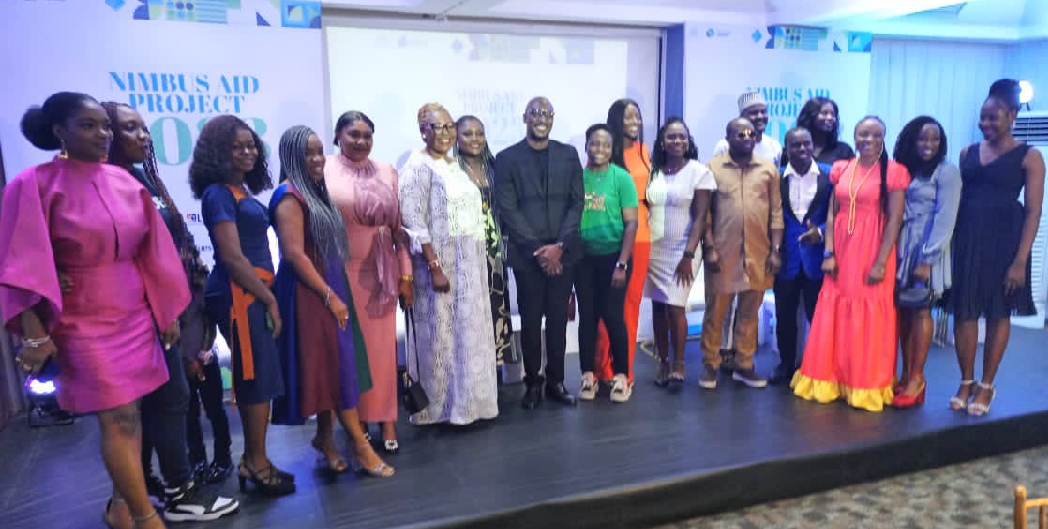By Zion Rufus
Initially predicted as a pivotal year for attention metrics, surpassing viewability, 2024 faces potential hurdles, as highlighted by recent insights from WARC, indicating a lack of common standards and substantial evidence hindering widespread adoption and legitimacy in attention measurement.
In today’s world, where advertisers don’t just want to know that their ad is placed in front of consumers but also whether it’s noticed and if the message is getting through, attention metrics have become part of an industry-wide push to measure the absorption of an ad’s message. This extends beyond traditional metrics like impressions and views, providing insight into the quality of engagement and campaign efficacy.
Although an increasing number of brands and agencies are embracing attention measurement to assess creative and media quality, a common criticism is its strong bias towards visual media. Top tools, utilized by 50% of companies, include eye tracking, 46% use survey-based ad recall, and 42% employ tuning duration/dwell time and facial coding.
According to WARC’s Future of Media 2024 report, understanding how attention operates across different media channels and formats prompts increased research and the development of new media quality models. Brands and agencies are advised to scrutinize vendor tools, conduct independent attention experiments, and validate the business effects of attention.
Commenting on the WARC report, Karen Nelson-Field, Founder and CEO of Amplified Intelligence, stressed the need for robust evidence in attention measurement to convince CFOs and procurement teams that low-cost media doesn’t necessarily equate to efficiency. Aligning with CFO goals, she believes, will benefit the industry as a whole.
Attention measurement solutions typically commence with eye-tracking, surveying ad recall, and purchase intent. The data obtained is then used to train a machine-learning algorithm, predicting resonant media content and campaign creatives. Proxy signals, including viewability, time in view, dwell time, contextual alignment, click-through rate, scroll depth, and more, enhance the predictive model’s intelligence.
Compared to viewability, Attention allows marketers to optimize outcome-driven media buying. Marketers can now gauge attention generated by an ad campaign, offering a transparent and privacy-conscious method to assess media quality and effectiveness, going beyond impressions.
While basic metrics like viewability guide decisions on media investment, attention metrics delve into crucial inquiries such as appropriate investment levels, media performance, and the impact of the brand message on audience attention. Armed with these insights, marketers can confidently make investment decisions, refine media strategies, focus on efficient attention sources, and achieve superior brand outcomes.






Comment
No comments found.